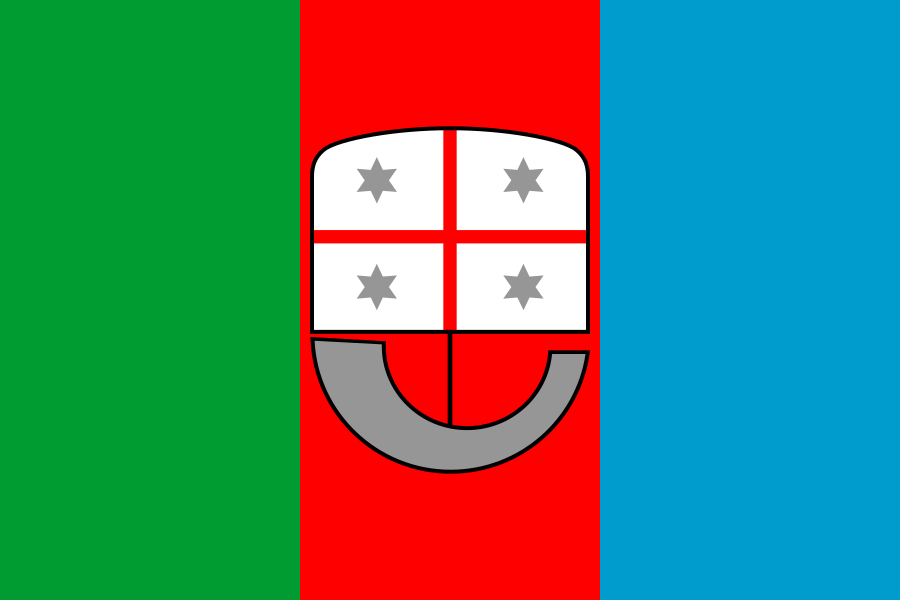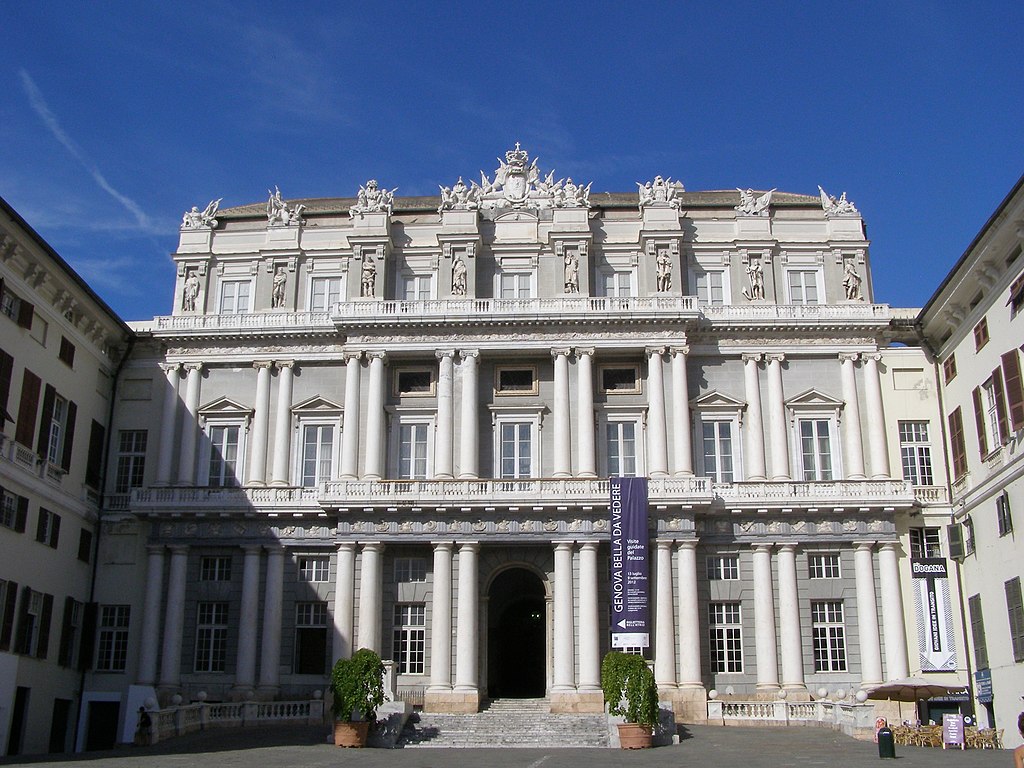Liguria Region

Liguria is an Italian region with ordinary statute in north-western Italy with Genoa as its capital.
It is bordered to the south by the Ligurian Sea, to the west it borders with France (Provence-Alpes-Côte d'Azur region), to the north with Piedmont and Emilia-Romagna and to the south-east with Tuscany. The region is part of the Alps-Mediterranean Euroregion.

Its name derives from the ancient Ligurian population, even if in reality the borders of ancient Liguria were much wider than those of the present region and included the whole Piedmontese plain south of the Po, the current south-western Lombardy from Oltrepò Pavese up to the confluence of the Ticino with the Po, the hilly and mountainous areas of the Piacentino, the current Lunigiana and the Nizzardo up to the Varo river; the current administrative borders, defined only in 1923, largely coincide with those of the historic Republic of Genoa.

Until 1860 the administrative district of Liguria, which since 1815 has been part of the Kingdom of Sardinia, also included the Province of Nizza Marittima, which was then ceded to France following the Treaty of Turin of 24 March 1860 with the exception of the district of Sanremo and of that of Porto Maurizio, which became part of the Kingdom of Italy.
According to a commonplace, Liguria is squeezed between the sea and the mountain ranges of the Alps and the Apennines: consequently the region could be reduced to two coastal strips, east and west of Genoa: the Riviera di Ponente and the Riviera di Levant.

In reality, Liguria also includes large portions of the tributary territory of the Po basin north of the Alpine-Apennine ridge (about 28% of the regional surface belongs to the Po basin) and almost the entire maritime hinterland, the long stretch of coastline between the historical borders with France (Rio San Luigi near Grimaldi di Ventimiglia) and the lower valley of the Magra in the surroundings of Sarzana and Aulla (MS): this eastern border, however, appears less defined, since it only partially coincides with the lower course of the river Magra and includes part of the coastal plain of Luni.

From an administrative criterion (according to which at least everything located south of the Alpine-Apennine ridge in the Grimaldi-Mortola / Passo del Bracco section should be considered administratively Ligurian) some marginal areas of the territory of "physical" Liguria are removed, which for historical-political reasons belong to other regional or state administrations; this is the case of the middle and upper Val Roia (long disputed between the Republic of Genoa, the Duchy of Provence and the Duchy of Savoy and now administratively French, after being Ligurian and Piedmontese) and the high valleys of the Pennavaira and Neva streams (with the villages di Alto, Caprauna and Cerisola which, while remaining in the economic-commercial sphere of influence of the city of Albenga, were long controlled by the Duchy of Savoy and then included in the Province of Cuneo).

On its territory there are 234 municipalities, divided into the following 4 large-area entities (of which 3 provinces and a metropolitan city):
Metropolitan city of Genoa
Province of Imperia
Province of Savona
Province of La Spezia
Video: Liguria Region
Map: Liguria Region
Address: Via Fieschi 15 - 16121
Genova (GE) Liguria
Latitude: 44.4165639
Longitude: 8.9218284
Site: https://www.regione.liguria.it...
vCard created by: BBCC
Currently owned by: BBCC
Type: Region
Function: Public place
Creation date:
Last update: 15/08/2021